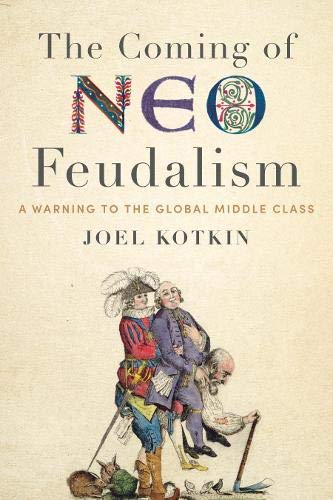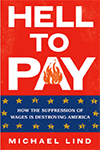Last month promoters of the Metropolitan Transit Authority's Los Angeles rail projects, both past and future, held a party to celebrate their "success." Although this may well have been justified for transit-builders and urban land speculators, there may be far less call for celebration among L.A.'s beleaguered commuters.
Despite promises that the $8 billion invested in rail lines over the past two decades would lessen L.A.'s traffic congestion and reshape how Angelenos get to work, the sad reality is that there has been no increase in MTA transit ridership since before the rail expansion began in 1985. read more »





















